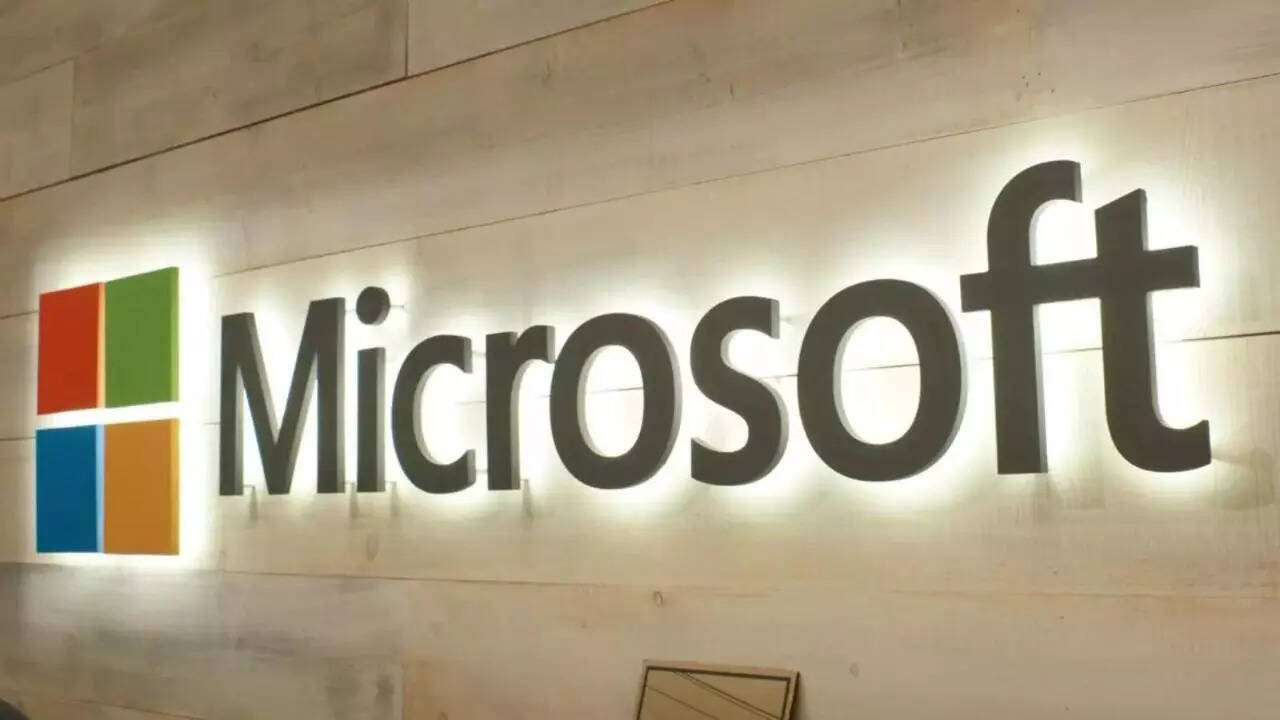India anticipates the commercial launch of satellite communication services as early as December, with Starlink, Reliance Jio-SES, and Bharti-backed Eutelsat OneWeb securing necessary approvals. Spectrum allotment delays previously hindered launches, costing potential revenue.
India Gears Up for a Satellite Broadband Revolution
Imagine a world where internet access blankets every corner of India, from the bustling city centers to the most remote Himalayan villages. That vision is rapidly approaching reality as India stands on the cusp of a satellite communication (satcom) revolution. After years of anticipation, the final regulatory hurdles are being cleared, paving the way for several major players to launch their services before the year is out. This could mean a dramatic shift in how millions of Indians connect to the world, potentially closing the digital divide that has long hampered progress.
The excitement is palpable because reliable, high-speed internet is no longer a luxury; it’s a necessity. It fuels education, empowers businesses, and connects communities. For many areas in India, laying traditional fiber optic cables is simply not feasible due to challenging terrain or sparse populations. Satcom offers a viable solution, beaming internet directly from space, bypassing the limitations of terrestrial infrastructure.
Who’s Joining the Fray?
The Indian satcom arena is shaping up to be a competitive landscape, with both domestic and international giants vying for a piece of the pie. Reliance Jio, the telecom behemoth that disrupted the mobile market, is poised to make a significant impact with its satcom offerings. They are building out infrastructure and awaiting final approvals, indicating a seriousness about this new frontier.
Starlink, Elon Musk’s ambitious satellite internet venture, is also nearing the finish line. Their low Earth orbit (LEO) satellite constellation promises low latency and high speeds, making it an attractive option for consumers and businesses alike. The potential impact of Starlink introducing satellite internet access to rural areas is substantial.

SES, a global satellite operator with a strong track record, and Eutelsat OneWeb are also in the mix, bringing their expertise and technology to the Indian market. The presence of these experienced players suggests a focus on delivering reliable and high-quality services.
The Department of Telecommunications (DoT) is playing a crucial role in facilitating this progress, granting the necessary licenses and approvals that allow these companies to operate within the Indian regulatory framework. This streamlined process is essential for ensuring the timely rollout of satcom services.
Impact and Implications of Satellite Internet
The implications of widespread satcom access are far-reaching. Consider the possibilities for:
* Education: Students in remote areas can access online learning resources and connect with educators, leveling the playing field and expanding educational opportunities.
* Healthcare: Telemedicine becomes a reality, enabling doctors to remotely diagnose and treat patients in underserved communities, improving healthcare outcomes and saving lives. You might be interested in reading about how telehealth solutions are transforming healthcare delivery.
* Business: Small businesses in rural areas can connect with customers and suppliers globally, fostering economic growth and creating new opportunities.
* Disaster Relief: In the event of natural disasters, satcom can provide critical communication infrastructure, enabling emergency responders to coordinate relief efforts and connect affected communities.
Challenges and Opportunities Ahead
While the future of satcom in India looks bright, there are challenges to navigate. Cost remains a significant barrier for many potential users. Making satcom services affordable and accessible to all segments of the population will be crucial for realizing its full potential.
Spectrum allocation and regulatory clarity are also essential for fostering a competitive and sustainable satcom market. The government’s role in creating a level playing field and promoting innovation will be paramount.
Despite these challenges, the opportunities are immense. India’s vast and diverse geography makes it an ideal market for satcom services. By bridging the digital divide, satcom can unlock economic growth, improve social outcomes, and empower millions of Indians. The upcoming months promise to be a pivotal time as these companies launch their services and compete for market share. The true winners will be the Indian people, who will gain access to a world of information, opportunity, and connection.
Conclusion
The imminent arrival of satellite internet services in India marks a transformative moment. It holds the power to revolutionize connectivity, particularly in underserved regions. As various players gear up to launch their services, the focus should remain on affordability, accessibility, and regulatory clarity. The success of this venture hinges on ensuring that the benefits of satellite technology reach every corner of India, fostering inclusive growth and empowering communities across the nation.







